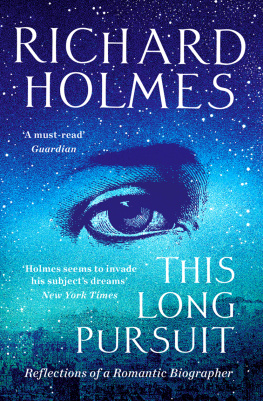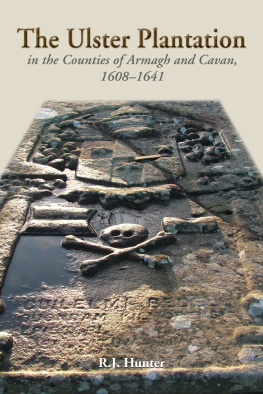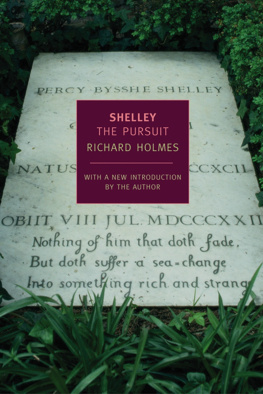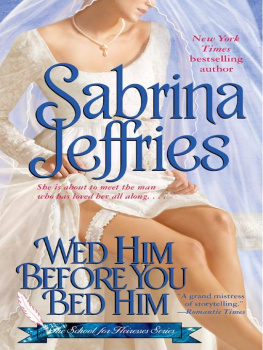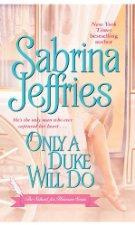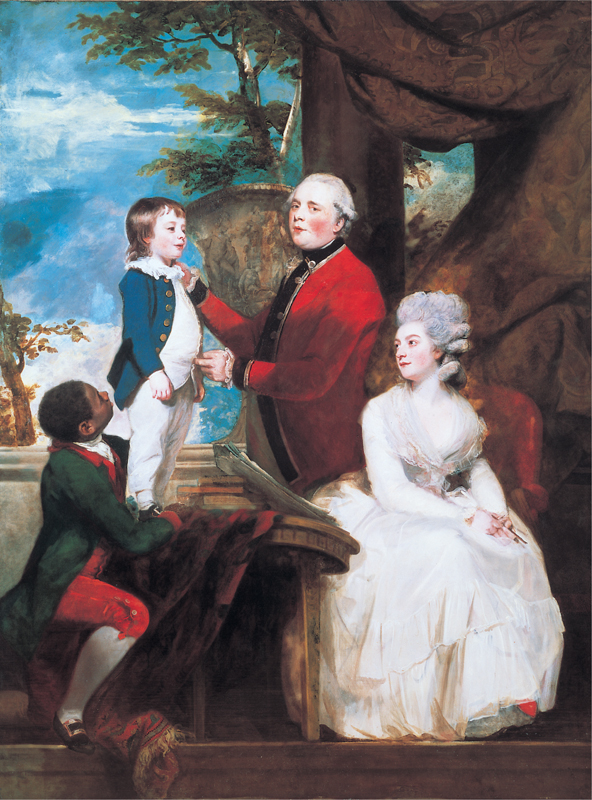
for
Emily Villiers-Stuart
and in memory of
her late husband
James Villiers-Stuart
ENDPAPERS
The first plate in Hogarths famous series, Marriage la Mode, published in 1745.
See page 45.
FRONTISPIECE
George Grenville, 1st Marquess of Buckingham, with his wife, their elder son and a
blackamooor page, painted by Sir Joshua Reynolds, c.1783. Lady Buckingham was an
heiress, and was also the daughter of the Irish peerages most notable heiress-hunter,
Robert Earl Nugent (National Gallery of Ireland).
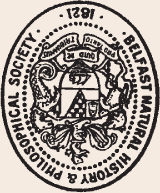
Ulster Historical Foundation is pleased to acknowledge support for this publication
from the Esme Mitchell Trust, the Belfast Natural History and Philosophical
Society and Belfast Buildings Preservation Trust. All contributions are gratefully acknowledged.
First published in 2006
by Ulster Historical Foundation
Unit 7, Cotton Court, Waring Street, Belfast, BT1 2ED
www.ancestryireland.com
Except as otherwise permitted under the Copyright, Designs and Patents Act
1988, this publication may only be reproduced, stored or transmitted in any
form or by any means with the prior permission in writing of the publisher
or, in the case of reprographic reproduction, in accordance with the terms of
a licence issued by The Copyright Licensing Agency. Enquiries concerning
reproduction outside those terms should be sent to the publisher.
A.P.W. Malcomson, 2006
Printed by The Bath Press
Design by Dunbar Design
ISBN 10: 1-903688-65-5
ISBN 13: 978-1-903688-65-6
Contents
LIST OF ILLUSTRATIONS

PREFACE AND
ACKNOWLEDGEMENTS
The previous edition of this book was published, also by the Ulster Historical Foundation, in 1982, which means that the research on which it was based was completed almost twenty five years ago. Since then, new archival sources have come to light (or, at least, to my knowledge), a number of books and articles bearing materially on the subject have been published, and to be frank a number of errors and omissions have become apparent in the text as it stood.
Moreover, the 1982 version was deliberately confined to the Irish context and did not participate in the wider debate over aristocratic marriage and inheritance strategy in England which was then beginning to develop. Since its publication, the 1982 version has in fact been drawn into that debate because of the notice taken of some of its conclusions by two of the main combatants, the late Professor Lawrence Stone and Professor Eileen Spring; the former, in particular, made favourable mention of the notion of cadet inheritance which was tentatively advanced in Pursuit of the Heiress Mark One. So, it is appropriate that any republication of my book should place it more overtly in the context of the wider debate, and broaden the books perspective by drawing on the views of Stone, Spring and others.
Accordingly, when approached by the Ulster Historical Foundation in 2003 with the proposal that the book, now out of print for some years, should be reprinted, I was flattered (especially at the thought that there were people wanting to buy it) but reluctant to agree to a reprint when I knew well that a re-write was called for. This has proved a fairly lengthy business and had to wait until other projects then under way had been completed. But I hope that the effort and the delay are thought to be justified by results.
In this completely new, and much longer, version, I have not departed significantly from the basic ideas propounded by the younger and more diffident scholar of c.1978-82. But I have corrected errors and reassessed interpretations, I have added a considerable body of further evidence to support those ideas, and I have shown far greater awareness of the sometimes corroborative, sometimes complementary, sometimes contradictory ideas of others. I have also, where necessary, updated the locations of the surprisingly itinerant archives drawn upon before, and the names of a number of institutions which have been changed never for the better in the intervening period. Finally, I have adjusted the covering dates of the study to accord more accurately, not just with the new material introduced this time round, but with the actual time-frame of the 1982 book. In spite of this change, I have treated the new dates of 17401840 as cavalierly as the old 17501820.
For permission to draw upon unpublished material, whether for the first or second time, I should like to record my debt of gratitude to the following individuals and institutions: the Marquess of Abergavenny; the Archbishop of Armagh; the Earl of Arran; the Trustees of the Bedford Estates; the Earl Belmore; Mr G.H. Boyle; the British Library Board; Rosemary, Viscountess Brookeborough; the Brynmor Jones Library, University of Hull; the Lady Mairi Bury; the Cambridge University Library; the Marquess Camden; Mrs Ian Campbell; the Trustees of the Chatsworth Settlement; Mr and Mrs Charles Clements; Mr and the Hon. Mrs Alec Cobbe; Lady Coghill; the Comptroller of HM Stationery Office (in respect of the Chancery Masters Accounts and Chatham and Home Office Papers in The National Archives, Kew); Mr Adrian Cosby; the Marquess of Donegall; the Marchioness of Dufferin and Ava; the Viscount Dunluce; the Earl of Dunraven; the Lord Egremont; the Earl Erne; Sir Adrian FitzGerald, Bt, Knight of Kerry; the Trustees of the Fitzwilliam Wentworth Estates; the Lord Hotham; the Keele University Library; the Centre for Kentish Studies, Maidstone; the late Capt. D.J.R. Ker; Mr James King; the Limerick University Library; Miss F.M. Martin; Messrs Martin & Henderson, solicitors, Downpatrick; the Viscount Massereene and Ferrard: Mr Simon Meade; the Earl of Meath; the Viscount Midleton; the Director of the National Archives of Ireland; the Board of the National Library of Ireland; Mr Thomas Pakenham; the late Mrs Hales Pakenham-Mahon; the Earl of Pembroke and Pembroke Estates Management Ltd. (Dublin); the late Major J.R. Perceval-Maxwell; Mr J.D. Pollock; Sir William Proby, Bt; the Deputy Keeper of the Records, Public Record Office of Northern Ireland; the Registry of Deeds, Dublin; the Royal Irish Academy; the Earl of Rosse; P. & B. Rowan (antiquarian booksellers, Belfast); the Earl of Shannon; Sheffield Archives, Sheffield; the late Dr T.A.P. Smythe Wood; the Earl of Stradbroke; the Hon. G.R. Strutt; the Ipswich Branch of the Suffolk Record Office; the Surrey History Centre, Woking; the East and West Sussex Record Offices; Mr and the Hon. Mrs Jonathan Sykes; Major-General M.E. Tickell; the late Rear-Admiral W.G.S. Tighe; the Tipperary County Library; Mme P. Trasenster; the Board of Trinity College, Dublin; Miss R.W. Verner; the late Mr James Villiers-Stuart; and the Marquess of Waterford.
The bibliography at the end of the book records my debt to the numerous scholars whose books and articles I have drawn on in this text. In addition, I should like to acknowledge the more active assistance of some of them and of a number of other historians, archivists, colleagues, acquaintances and friends: the late Angela, Countess of Antrim; Dr T.C. Barnard; Dr John Bergin; Dr David J. Butler; Professor B.M.S. Campbell; Dr Anne Casement; Dr Jonathan Cherry; Mrs Brigid Clesham; Mr and especially the Hon. Mrs Alec Cobbe; Professor S.J. Connolly; Dr W.H. Crawford; Professor



